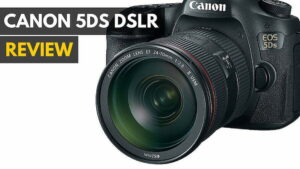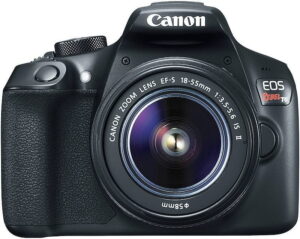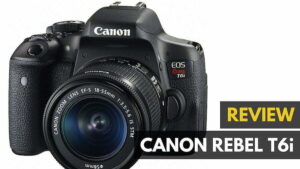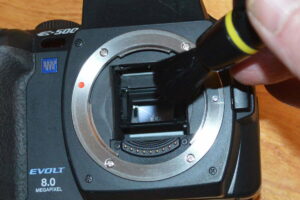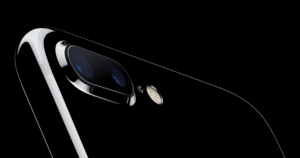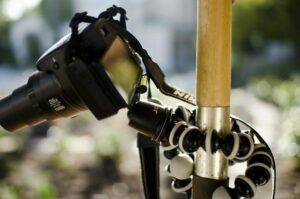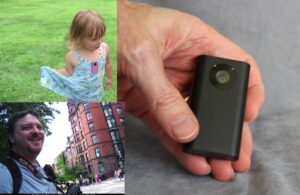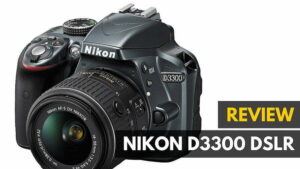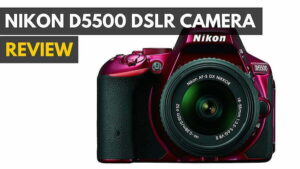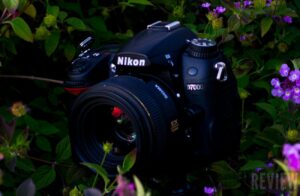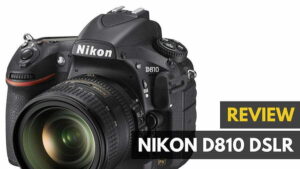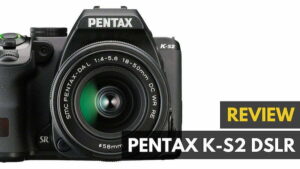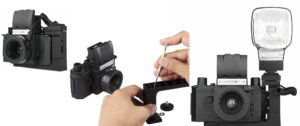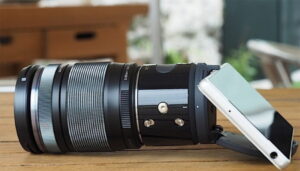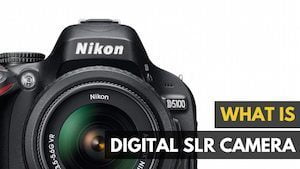If you’ve avoided migrating to the world of DSLR photography — and the impressive image quality that comes with it — because of the large size of the finest digital cameras, you do have another option. Alleviate your concerns about the size of DSLRs by making use of the smallest DSLR on the market, as shown in my Canon Rebel SL1 DSLR review. For other models by this brand, check out our Canon PowerShot G3 X review and our Canon EOS Rebel T5 review.
The Canon EOS Rebel SL1 release date of 2013 makes this an older model, but DSLR camera designs often have a lifespan of up to five years in the market, just because of the advanced features they carry. So don’t let the age scare you for the little Rebel SL1 (known as the Rebel 100D in some parts of the world). The SL1 doesn’t need a walking cane just yet. Instead, this DSLR remains relevant in the market in part because of its small size. And its age allows you to find it at a great price now. If you want a do-it-yourself SLR camera, take a look at our Konstruktor F SLR camera review for another option
Overview
Summary: Canon created the smallest DSLR camera on the market in the Rebel EOS SL1, but the manufacturer didn’t lose image quality or performance levels while shrinking the camera body.
WHY IT’S A TOP PICK: Small DSLR body size doesn’t mean sacrificing top-notch image quality.
Price: $399 body only or $499 with 18-55mm lens from Amazon
Available: March 2013
Model: Rebel EOS SL1
What We Liked
- Smaller size and lighter weight of camera body is definitely noticeable versus other DSLRs
- Against beginner-level DSLRs, SL1’s image quality is very good
- Fast performance levels and excellent battery life in viewfinder mode
- Touch screen LCD included
- Easy to operate
What We Didn’t
- Image quality doesn’t stack up to more advanced DSLR models
- Lenses for SL1 are same size as for other Rebel DSLRs, somewhat compromising SL1’s small form factor
- Camera’s battery life and performance speeds suffer in Live View mode
- No WiFi connectivity
Canon Rebel SL1 DSLR Key Specs
| Image Sensor Type | APS-C |
| Megapixels | 18 |
| Optical Zoom Lens | NA, uses EF mount interchangeable lenses |
| LCD Touch Screen | |
| Viewfinder | |
| HD Video | |
| ISO | 100-25600 |
| Avg Battery Life | 480 photos (viewfinder); 160 photos (Live View) |
| Weight | 14.36 oz |
| Size | 4.6 x 3.57 x 2.74 inches |
| Price | $399 (body only) |
| Buy Now |
Design and Build
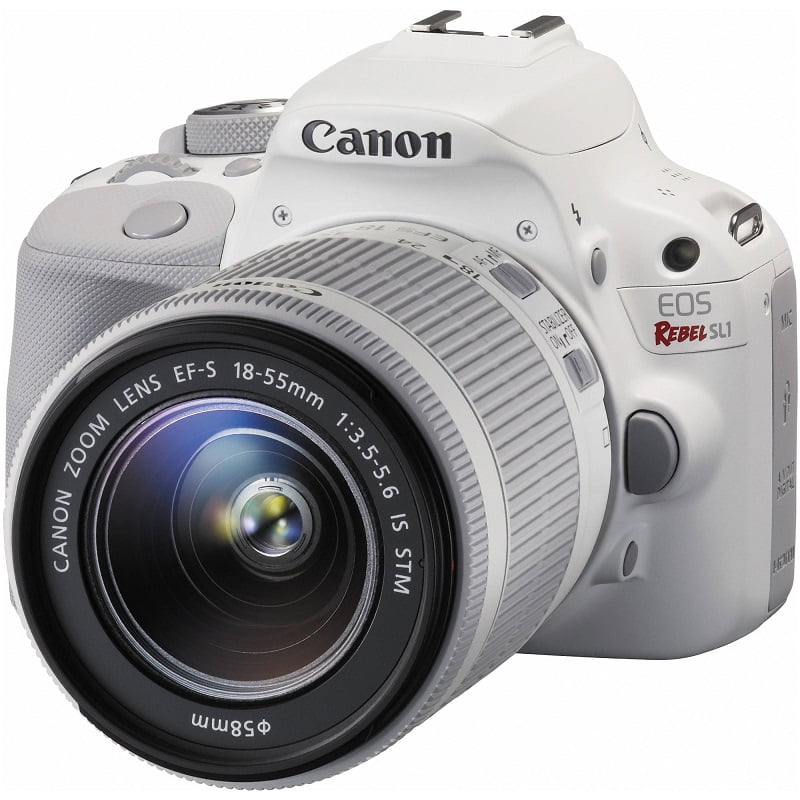
If you’re seeking a Canon SL1 comparison with other DSLR models, it starts with the size of the camera. When considering the Canon EOS Rebel SL1 DSLR vs. T5i, another solid DSLR model from Canon, the SL1 is significantly smaller. The SL1 weighs 6 ounces less than the Rebel T5i, and it is 0.4 inches thinner and 0.6 inches less in length than the T5i. Although that may not sound like much, it’s a size difference of more than 10% between the two Rebel models.
The Canon EOS Rebel SL1 DSLR vs. Nikon D3300 comparison also showcases the small size of the SL1. The D3300 measures 4.9 inches in length and 3.0 inches in depth, versus the 4.6 inches in length and 2.7 inches in depth of the Rebel SL1 / 100D. Again, this difference doesn’t sound like much, but when switching back and forth between the Rebel SL1 and other DSLRs in a single photography session, the change in size is definitely noticeable.
Outside of its smaller form factor, the Rebel SL1 / 100D looks a lot like other Rebel DSLRs. It has an extended right-hand grip to help you hold the camera comfortably. There are quite a few curves on the camera’s body, and the middle of the camera is raised to give the popup flash a good angle to the scene. It has a hot shoe in the middle of the top panel.
One thing to keep in mind with the Canon SL1 is that this camera works much more quickly in viewfinder mode than it does in Live View mode (where you frame the scene using the display screen, rather than the viewfinder). It’s a little frustrating to miss some photos because of shutter lag when shooting in Live View, so think about using viewfinder mode when shooting moving subjects.
I really like the fact that Canon gave the SL1 a touchscreen LCD, which is a great feature to find on a beginner-level DSLR. The photographers at whom Canon aimed the SL1 probably are migrating from the best compact digital camera or a smartphone camera, where a touch screen is becoming common.
Related: Also check out our Canon EOS Rebel T6l DSLR review, if you like this entry-level camera.
Image Quality
While using the kit lens, the APS-C image sensor included in the SL1 produces images of very good quality, just as you’d expect from an entry-level DSLR camera, though its performance isn’t as strong as the best DSLR cameras. Colors are accurate and bright, and the images are sharply focused in nearly all shooting conditions.
One aspect of the 100D that works great in the entry-level portion of the DSLR market is that it’s a strong performer in fully automatic mode. Although you can record in full manual mode or Shutter Priority or Aperture Priority modes, a photographer who is new to DSLR photography will appreciate the fact that this model allows for very good image quality in automatic mode. Later, as the inexperienced photographer learns more about the camera, he or she can use the manual control settings to improve the image quality further.
Low Light Performance and Movie Mode
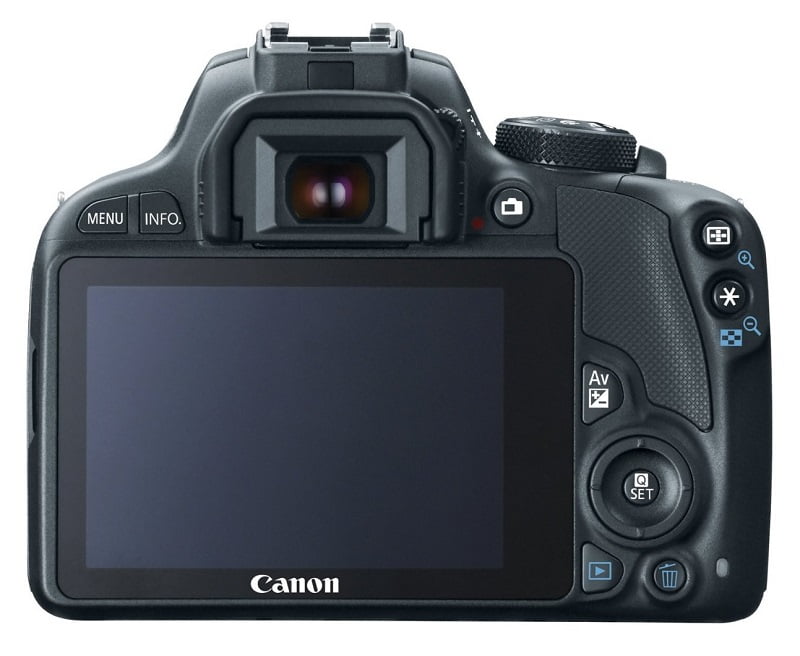
The Rebel SL1 can record photos in low light more effectively than some previous entry-level Canon DSLR cameras, thanks in part to an improvement in the autofocus system. With older models, you may have noticed that the subject was blurred for a second or two during movies, which was extremely annoying. The new autofocus system in the Canon SL1 / 100D works faster, which is especially noticeable in movies. You can record movies at full HD resolution.
The Rebel SL1’s low light photography performance lags behind more advanced DSLR cameras, as it offers a maximum ISO setting of 25,600, but you shouldn’t expect to achieve noise-free photos beyond an ISO 6400 setting. Note that the standard range is a high ISO 100-12800 with an aperture of f/3.5-5.6. This camera is compatible with STM lenses for smooth and consistent autofocus during video recording, which also works well with the Hybrid CMOS AF feature while shooting at 24 frames per second. The Hybrid AF feature also has a useful Live View AF mode on the rear LCD. Still, this model does a much better job in darkened scenes than what you’d receive from a smartphone camera or a great point-and-shoot digital camera model.
Related: Need a tripod to keep your heavy DSLR camera steady and safe? Take a look at our Joby Gorillapod SLR-Zoom review.
Battery Life
The Canon EOS Rebel SL1 battery life is one area where you’ll notice the smaller size of this camera. By shrinking the size of the SL1 / 100D, Canon had to shrink the battery a little bit versus other Rebel digital cameras, resulting in battery life that’s below other Canon DSLRs. However, if you use viewfinder mode most of the time, you’ll be able to conserve the battery life effectively enough to allow for a full day of photography on one battery charge.
Canon Rebel SL1 Review Wrap Up
My Canon EOS Rebel SL1 review reveals a DSLR camera that does a lot of things well for a smaller than average camera, including good image quality and fast performance levels in viewfinder mode, all at a very good price versus other DSLRs. Outside of battery life, Canon didn’t have to sacrifice much to shrink the body size of the SL1. Canon declares that this product is the world’s smallest and most lightweight full-featured digital SLR. But it has slow performance levels in Live View mode, and its low light performance isn’t as good as higher-priced cameras. Ultimately, Canon has aimed this model at the lower end of the DSLR market, so a few drawbacks are expected. It’s one of the best DSLR cameras for beginners, but more advanced DSLR shooters will wish for a larger image sensor and faster performance levels than the Rebel SL1.
![10 Best Binocular Cameras in [year] 1 best binocular camera](https://www.gadgetreview.dev/wp-content/uploads/best-binocular-camera-image-300x200.jpg)
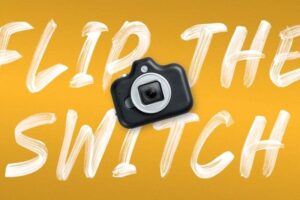
![Best Canon DSLR in [year] ([month] Reviews) 3 The top Canon DSLR cameras.||Intermediate and entry-level photographers will appreciate this mid-level DSLR offering from Canon](https://www.gadgetreview.dev/wp-content/uploads/best-canon-dslr-300x165.jpg)

![Best DSLR Camera for Beginners in [year] 5 Top DSLR Camera for Beginners|The Canon T6i DSLR offers many features for beginners.|The Nikon D3300 DSLR offers plenty of resolution for someone new to DSLR photography.|An articulated LCD](https://www.gadgetreview.dev/wp-content/uploads/best-dslr-camera-beginners-featured.jpeg)
